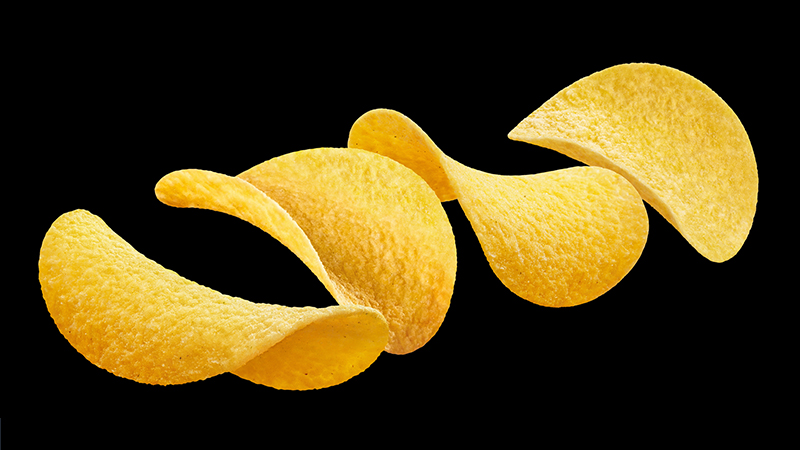Meta’s decision to start paying dividends could lead to a never-ending “expectation of more to come” from investors, according to market commentators, irrespective of whether that capital would be better-placed in research and development further along the line.
Meta issued its first dividend payment of 50 cents per share to investors and authorised a $50bn (£39.74bn) share buyback as it hit its 20th anniversary earlier this month, joining Magnificent Seven companies including Apple, Microsoft and Nvidia.
Following the announcement, Meta’s share price shot up 20%, a record high, in the same week CEO Mark Zuckerberg spoke in front of Congress regarding alleged harm to children through social media.
Quarterly, Apple currently pays out a dividend of 24 cents per share while Microsoft pays a quarterly dividend payment of 75 cents per share. Nvidia pays four cents per share each quarter, totalling 16 cents per share for the year.
See also: UK companies drop special dividends by 79% in 2023
As Meta makes the move towards dividends in a market dominated by the Magnificent Seven, Richard Hunter, head of markets at Interactive Investor, looks to Apple for its precedent with pay outs, which he believes could extend to share buyback programmes.
“Apart from giving shareholders an additional bonus to the strong capital gains which they have made, the introduction of a dividend draws in two new classes of investor,” Hunter said.
“Firstly, the fund management houses with an income bias who previously would have been precluded from buying a stock not paying dividends and, to a lesser extent, income-seeking retail investors who wish to boost their own returns with regular dividend payments.
“In theory, given these new classes of investor, a new wave of buying interest could follow which could encourage other mega-cap tech stocks to join the payment party.”
See also: A broadening market: Will the Magnificent Seven continue to motor in 2024?
David Freitas, investment writer at 7iM, referenced the dividend payments of Kodak as a cautionary tale for what can occur once dividend payments begin. While Kodak was paying 44 cents per share quarterly in dividends for six years, once it felt the need to reinvest in technology, it dropped its shares to 25 cents per quarter, causing a share price fall of 18% in a day.
“When a company offers a dividend, it’s making a statement: ‘Business is booming, and while we’ve reinvested some of our earnings into the business, we’re also rewarding our shareholders by giving some of their investment back,’” Freitas said.
“But there’s also a serious risk associated with dividend distributions. When a company pays out a dividend, it is also creating an expectation of more to come. And once you start paying out, it’s very hard to stop.
“Dividend payouts are a bit like Pringles. Once you pop … you really can’t stop. Something to watch at Meta over the next few years!”
Dan Coatsworth, investment analyst at AJ Bell, added that while dividend payments are popular among oil, banking, and pharmaceuticals, they are less popular among tech companies due to the need for innovation.
“(Tech has) a constant need to reinvest money into developing their systems, to stay abreast of technological developments and to fund innovation,” Coatsworth said.
“These investments help to drive growth in earnings and therefore growth in the share price so investors are principally being rewarded with capital gains rather than income. More mature industries with lower growth rates put far more emphasis on dividends as a way of keeping investors interested in their stock. While tech firms have big requirements on their cash flow, a lot of them are still generating enough cash that is surplus to their requirements which is why share buybacks have been prevalent in the sector.
“Share buybacks have been a more popular method of deploying cash and that continues to be the focus for names such as Alphabet, which spends billions of dollars each year in this way and pays no dividends at all.
“Meta has declared an intention to pay dividends every quarter, beginning with a 50 cents per share payment. On an annualised basis that equates to $2 per share and a 0.4% yield based on a $461 share price. That’s not going to win over a whole new group of investors looking for income opportunities. In fact, it’s the type of yield to which most investors pay little attention.
“Paying a dividend suggests the company wants to reboot its reputation and be taken more seriously. But ultimately the amount being paid is only a token gesture and chief financial officer Susan Li says that share buybacks will continue to be the main way Meta returns capital to shareholders.”
Chris Beauchamp, chief market analyst at IG Group, agreed the dividend pay-out “isn’t huge”, so Meta shares will not be bought for income alone in the same way “utilities and telecoms often are”.
“It’s more of a ‘nice to have’, an additional sweetener, and a small compensation for the big swings these stocks often see – such as in 2022,” he told Portfolio Adviser.
“Amazon & Alphabet’s reticence on this score is more a reflection of their desire to preserve cash for new ventures. For the moment they can still use the big stock gains as a reason why a dividend isn’t needed.







